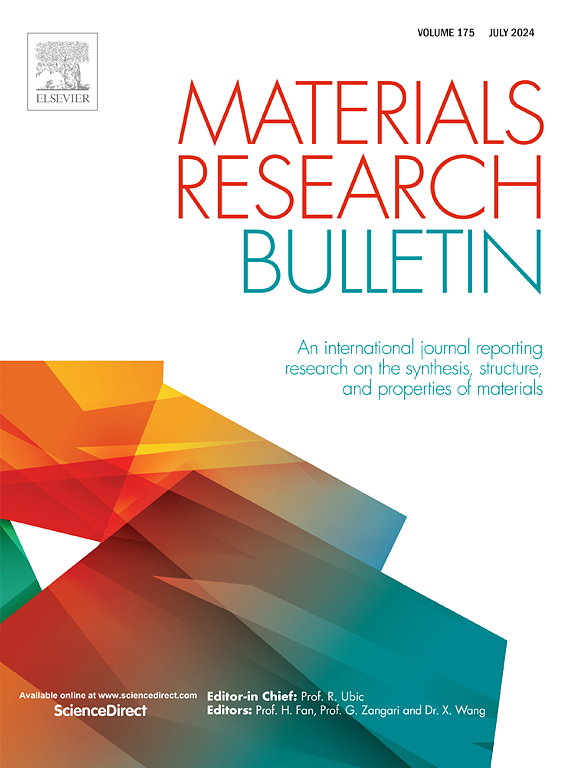Versatile porous activated carbon from silkworm pupae waste for electrochemical energy storage systems
IF 5.3
3区 材料科学
Q2 MATERIALS SCIENCE, MULTIDISCIPLINARY
引用次数: 0
Abstract
Fast charging, large storage, and efficient energy recovery are key to sustainable energy systems. Lithium-ion capacitors (LICs), combining the energy density of lithium-ion batteries (LIBs) and the power density of supercapacitors (SCs), offer a promising solution. This study introduces highly porous activated carbon from silkworm pupae waste (ACPP) for high-performance energy storage. ACPP was synthesized using hydrothermal carbonization in acetic acid media and subsequently activated with potassium carbonate, yielding a 2,476 m²/g surface area and 1.48 cm³/g pore volume. ACPP achieved a specific capacitance of 412 F/g for SCs and a discharge capacity of 969.2 mAh/g for LIBs, significantly outperforming commercial graphite. The ACPP//ACPP LIC device delivered 65 Wh/kg energy density, 260 W/kg power density, and retained over 80 % capacity after 10,000 cycles. This work highlights a sustainable approach to energy storage by upcycling waste material, reducing carbon emissions, and improving LIC performance.

求助全文
约1分钟内获得全文
求助全文
来源期刊

Materials Research Bulletin
工程技术-材料科学:综合
CiteScore
9.80
自引率
5.60%
发文量
372
审稿时长
42 days
期刊介绍:
Materials Research Bulletin is an international journal reporting high-impact research on processing-structure-property relationships in functional materials and nanomaterials with interesting electronic, magnetic, optical, thermal, mechanical or catalytic properties. Papers purely on thermodynamics or theoretical calculations (e.g., density functional theory) do not fall within the scope of the journal unless they also demonstrate a clear link to physical properties. Topics covered include functional materials (e.g., dielectrics, pyroelectrics, piezoelectrics, ferroelectrics, relaxors, thermoelectrics, etc.); electrochemistry and solid-state ionics (e.g., photovoltaics, batteries, sensors, and fuel cells); nanomaterials, graphene, and nanocomposites; luminescence and photocatalysis; crystal-structure and defect-structure analysis; novel electronics; non-crystalline solids; flexible electronics; protein-material interactions; and polymeric ion-exchange membranes.
 求助内容:
求助内容: 应助结果提醒方式:
应助结果提醒方式:


